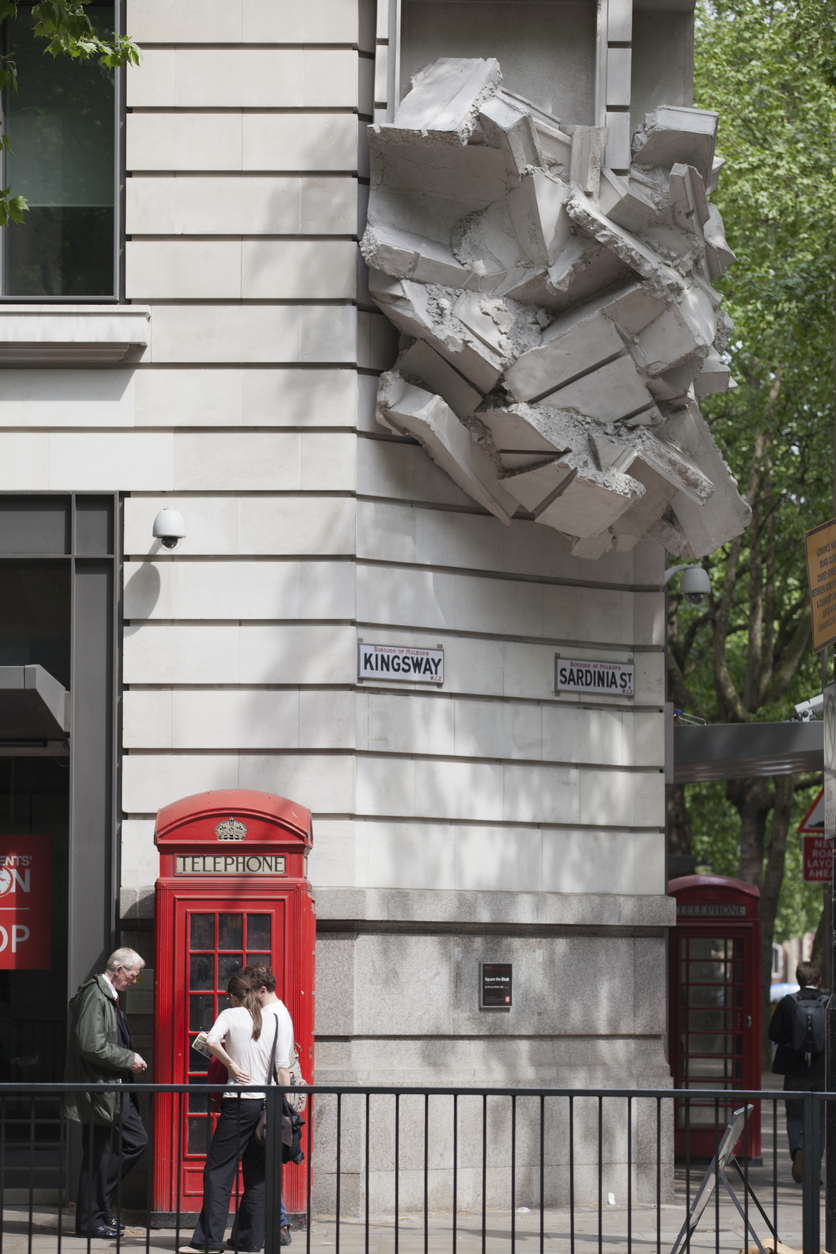Hurricane Matthew left hundreds of thousands of people without power and with wind-related damages in Florida, Georgia, and the Carolinas. Thousands of policyholders promptly notified their insurance carriers of damage to their home or business, but many policyholders do not have a complete copy of their insurance policy.
Policyholders often bring me renewal notices or incomplete policies for me to review for coverage. Often these documents do not provide all the information to determine whether coverage exists for the sustained damage.
After submitting your insurance claim you should immediately request in writing a certified copy of your insurance policy from your insurance company. A certified copy of the policy will come with a cover page identifying it as certified and complete. It will also include a declaration page, the coverage forms, and any endorsements to the policy.
You might wonder, “why do I need a certified copy of my policy?” There are numerous reasons but I will highlight six that immediately come to mind:
1. Coverages: Your insurance policy is your guide to understanding what damage is covered under the policy. Different coverages for a homeowners policy could include building (also referred to as “dwelling”), contents (also referred to as “personal property”), other structures, and additional living expenses. Coverages for a commercial policy could include building, business income, extra expense, and business personal property, among others.
2. Policy Limits: Your declaration page of the policy will identify the policy limits for various coverages. If a tree falls on your shed or fence in the back yard you will want to know the limit of coverage to repair and/or replace that shed or fence. Similarly, if your home is damaged to where it is unlivable, then you want to know how much additional living expenses are afforded under your policy.
3. Exclusions: The insurance policy both gives coverage and takes it away. While damages caused by wind are generally covered under a homeowners insurance policy, damages caused by flood, for example, are excluded.
4. Deductibles: Insurance policies often include a deductible that must be reached before coverage is provided under the policy. This deductible can vary depending on the type of damage and most policies in Florida include increased deductibles for events like Hurricane Matthew. Your policy might reference a “named storm” or “windstorm” or “hurricane” deductible. Often this increased deductible will be a percentage of the total building coverage limit.
5. Coverage Sublimits: Insurance policies often include coverage sublimits. Your homeowner policy might include a sublimit for the cost to remove a fallen tree from your yard, or the cost to remove debris. Your commercial policy might include a sublimit for the cost to replace a missing or damage sign. Policies can include many categories of sublimits and it’s important to identify them and know your coverage sublimits before signing a contract to remove a tree for well over the sublimit!
6. Conditions: Insurance policies include a conditions section that outlines what you, as the policyholder, must do to receive coverage under the policy. These could include things like providing prompt notice of the claim (hopefully you’ve already done this), cooperating with the claim investigation by permitting inspections of damage and providing requesting documentation such as receipts, invoices, or cancelled checks. Often the policies include time limitations for proofs of loss or requirements for examinations under oath. Failing to comply with any of these conditions could jeopardize coverage under your insurance policy.




